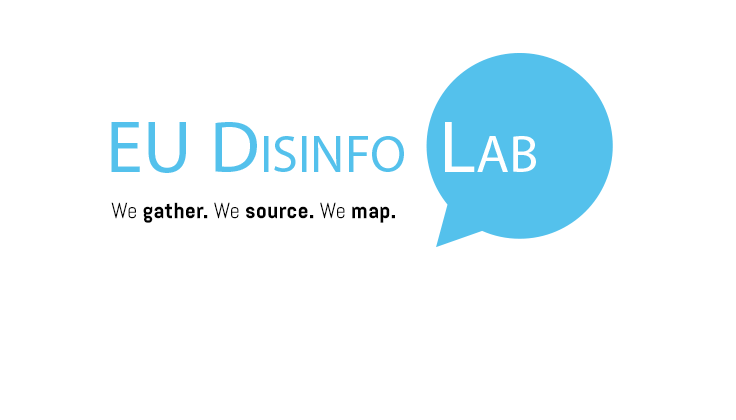Author: Maria Giovanna Sessa, EU DisinfoLab
Reviewer: Aleksandra Atanasova, Reset
Welcome to a comprehensive guide on how Facebook operates and how it can be employed for misinformative purposes. A different document will be compiled for Instagram as a different product of Meta. This resource is designed to empower the community engaged in countering disinformation on this platform. Information is updated as of 11 January 2024.
Introduction
This document shows how Facebook operates and can be exploited for disinformative purposes. It is designed as a resource for the counter-disinformation community to learn more about this platform.
The technical document is structured as follows: (I) First, the organisation of Facebook chats is presented; (II) Then, some tools on how to investigate the platform are introduced; (III) The subject of how to report content is addressed, including an overview of policy aspects related to enforcement. (IV) Finally, a repository of studies tackling Facebook use in disinformation campaigns is provided.
Facebook, founded by Mark Zuckerberg in 2004, has become one of the world’s largest social media platforms, with around 2.9 billion monthly active users worldwide and 259 million monthly active users in the EU. Being a very large online platform (VLOP), Facebook is bound to additional transparency reporting requirements under Articles 15, 24, and 42 of the European Union’s Digital Services Act (DSA). In view of this, it recently published its first Transparency Report for the period from 25 April 2023 to 30 September 2023.
Given its magnitude and longevity, it plays a significant role in the dissemination of information and, unfortunately, disinformation. On a positive note, Facebook has also made great efforts to counter the dissemination of false, misleading, and manipulated content with relevant policies. The general requirements to join the platform are to be at least 13 years old, provide a real name, date of birth, gender, a valid email address or mobile phone number to verify and secure the account, and a password
The opinions expressed are those of the authors and do not necessarily reflect the position of EU DisinfoLab. These factsheets do not represent an endorsement by EU DisinfoLab of any organisation.


